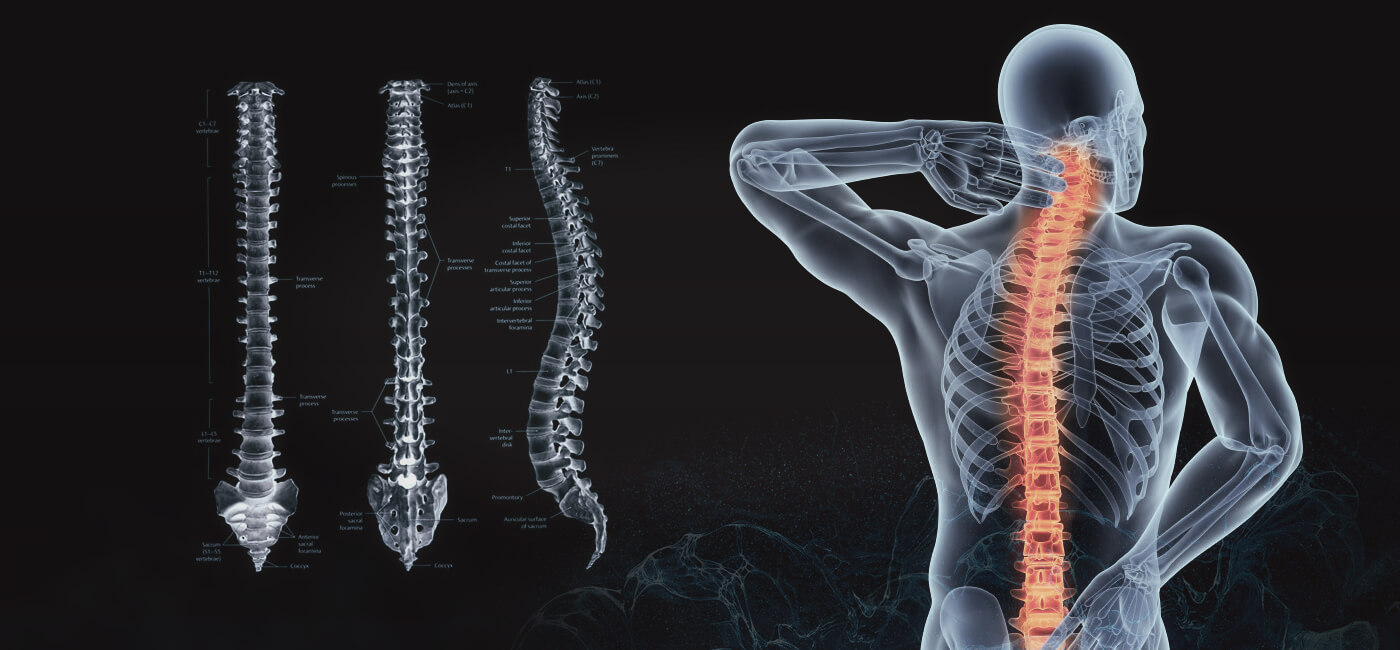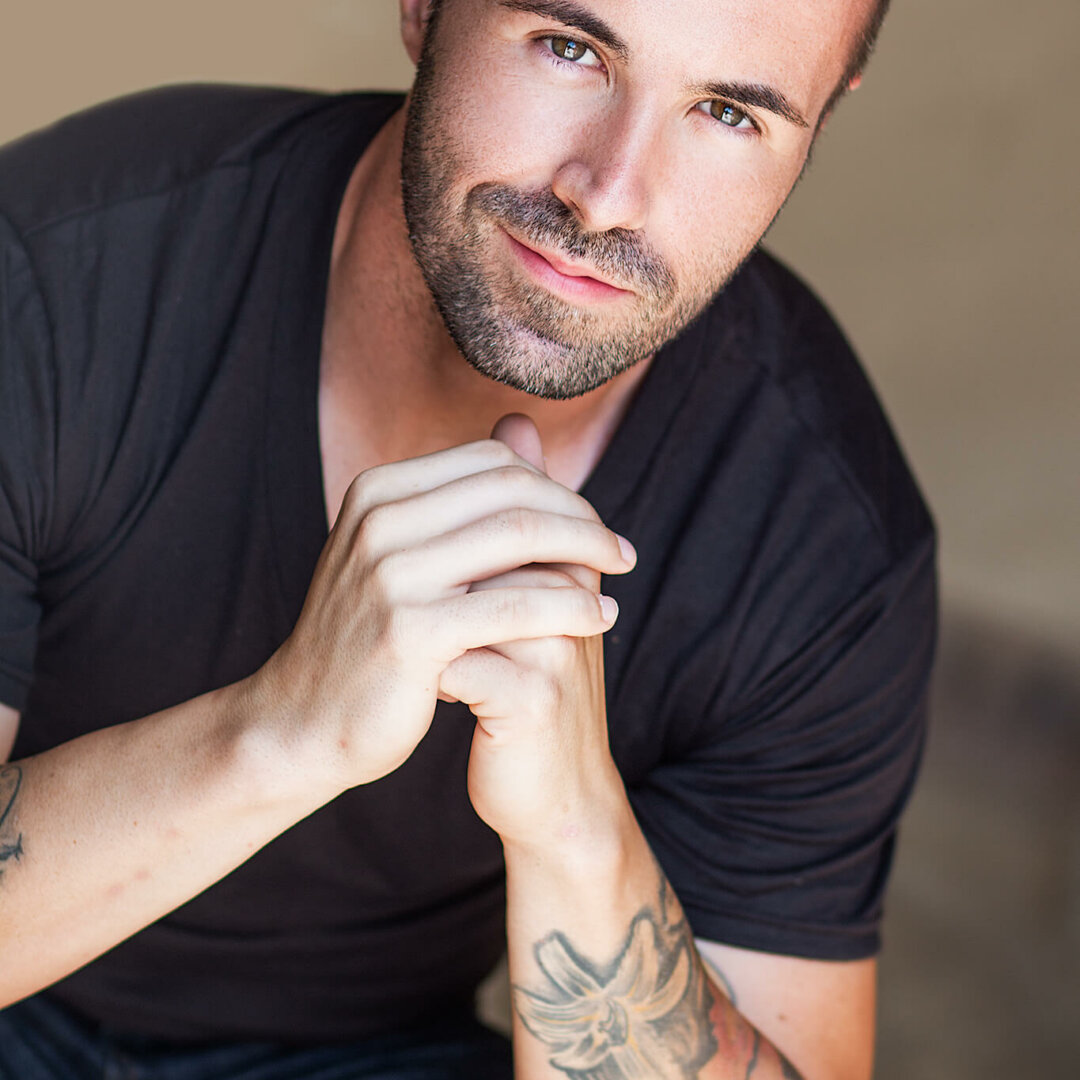One thing your not doing in training that will make you excel
Contraspecific movements for greater gains
If you talk to a lot of lifters about form for the big 3 lifts, the focus tends to be on what not to move to achieve the lift. And for a while, this is well and good. But eventually, you will get injured. But, you can prevent a lot of them, and you can easily heal them. So we’re going to dissect the deadlift today, since doing all three would take hours. (it goes without saying but consult a doctor. If your quadriceps tendon is completely torn, you need surgery for that).
The Deadlift
Let’s take a look at the motions involved in the deadlift and where the force is being applied. For a more in depth look at our anatomical motions, go here http://en.wikipedia.org/
- Hip extension
- Hip adduction
- External rotation of the hip
- Scapular depression and (depending on your preference) scapular retraction
- Spinal extension
- Internal and external shoulder rotation (most of the time)
- Posterior pelvic tilting
- A little plantar flexion
- Knee extension
- Flexion and loading of the fingers
And so on.
Now, the majority of your training likely focuses around these motions. In the Movement Model I learned from my coaches (link to www.areyouthemovement.com) and that I teach and used to hit my competition numbers, the assistance to the deadlift are what would be called the component specifics. If you do good mornings, you are focusing more on the hip and spinal extension portion.
Reverse hyper extensions, you are focused on the hip extension portion. If your competition form is sumo and you train in conventional sometimes (or vice versa) those are components of each other as well. And this is fine. But to unlock more of what you are capable of, there is another area on the spectrum that is equally important to look at.
Contraspecific movements
This is a key area for you. Some of you likely do this to a degree. If you bench press, you damn well are likely to do dumbbell/barbell rows as well. But you can take this further. Contraspecific means the direct opposite. So while an easy contraspecific movement to a deadlift would be knee raises on the dip device at your gym, look a bit further to unlock more motions and stay pain free. I will list a few.
- Lateral rotation of the scapula
- Elevation of the scapula
- Different degrees of protraction and retraction (depending on if you are an upper back rounding
- lifter or not)
- Hip abduction
- Hip internal rotation
- Ankle dorsiflexion
- Hip flexion
- Shoulder flexion
- Internal/external shoulder rotation
- Finger extension
- Anterior Pelvic tilting
- Lateral Tilting of the pelvis
- Spinal twisting
And more. This is all dependent on your individual form, which I encourage you to analyze. This list isn’t exhaustive but it is a good starting point for you.
How do you incorporate these into your training?
I don’t view these things from the lens of “mobility training” in the way most people do. Yes, contraspecific work can make you more mobile and make you better at your lifts.
But it isn’t always something you spend 8 hours doing with a foam cylinder before your pet lifts. It is part of a greater whole—your entire lifting career. So if you were going to go to the gym and do contra specific work, you could easily integrate some of these lesser used motions into your session. For instance, you could do hanging leg raises—shoulder flexion, lateral scapular rotation and scapular elevation as well as hip flexion—and at the top, move your hips into internal rotation. Dorsiflex your ankles and you have added something else to a basic movement. Anterior tilt your pelvis and you have added another dimension to it as well.
Your grip
A lot could be said about this subject, but this will be brief. Train your thumb. Load the thumb. How do we load the thumb? We pinch things. Depending on the thickness of the implement, this will not only train a muscle you likely underuse, but help your overall grip due to the balance it provides from all the main finger flexion you do. If the implement is thin enough it will train extension of those fingers too. There are a few options for pinch training.
My favorites are the pinch grip deadlift
and the plate curl.
If you’re a strong guy, you can likely get away with doing a 25lb plate on the plate curl. If you are an exceptionally strong woman, start with three 5lb plates sandwiched in, or perhaps two 10lb plates. The resistance required of your wrist is great, so do less than you think you need, especially if these are new to you.
Your Spine
There are also a few deadlift modifications you can do to treat your spine well. Now, you aren’t going to load these up with hundreds of pounds. I use somewhere between 20 and 35lbs depending on the type of movement. But, with these modifications, you can get in a lot of extra positions that you don’t normally do in your normal deadlifting. The video has two examples. (video-deadlift modification) Note spinal movement and the position of my hips. One variant has my hips internally rotated, the other has them externally rotated. If contraspecific movements are the direct opposite, then the opposite of the stability you train in a normal deadlift would be mobility of those joints.
Other applications
On the off chance you are not a powerlifter nor train like one, I will share an example from one of my dealings with a client. My client—we will call her Josephine—is a cello player for an orchestra. Playing cello usually hurts her. She has been playing for YEARS. As a result, a lot of rigidity in tissue and not enough movement elsewhere has literally turned her passion into suffering for it. Coupled with a torn labrum from a car accident, Josephine’s shoulders were in bad shape. One of the pain resolving movements was fairly straight forward. If we look at the cello in terms of motion, the right arm is abducting and adducting and the arm on the fingerboard is in minor degrees of extension and more degrees flexion.
The solution? I had her approximate those movements with half pound Indian clubs with the contraspecific motions—in this case it was side to side contraspecificity, right shoulder flexion and left abduction and adduction. Instant relief and less painful practices and performances.
Beyond the gym
Your history will dictate the contraspecific motions you need to do as well. I will leave you with some questions to get you started in the right direction.
- Do you sit/stand at your job?
- How do you sit when you drive?
- What position are you in when you sleep?
- What other positions does your life need of you?
See where I am going with this? Thinking about these things will not only help you out in the gym, but hopefully, if you have been paying attention they will help you out in life. If you have been training in a way such that you lift heavy, often, your tissue will become rigid. Our goal is to make it more elastic by moving more. If you can deadlift triple bodyweight or more with injuries, what are you capable of if you regain lost functions?
Peter is a personal trainer in Tampa, FL and is available online and in person for pain consults or chatting about Star Wars or any other sci-fi favorites and can be reached at www.peterdbaker.com. When not training people to be better, he can be found loitering around the area coffee shops drinking copious amounts of coffee.

